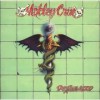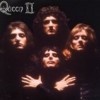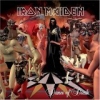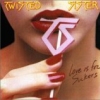Anatomy of a Horror Setting #2-4: Deadly Conjurations, Dark Summons
For the purpose of this setting Conjuration is the creation of something out of the essence of magic, or even by translocation it via magic. On the other side of what seems to be the same coin is Summoning, the translocation of living beings, whether they hail from across the country to across the divides of realities. This is not to say that creatures cannot be fashioned, or drawn entirely from imagination and given form by magic. In fact such a thing could fall under the purview of Conjuration, however such a power might be too strong for a horror setting, despite the obvious perks that would be possible because of it. To digress a moment, a grittier approach would be to modify existing creatures to create monstrosities and other grotesqueries, though that would not be conjuring either.
What sort of things might a Conjurer conjure? Without requiring too much forethought on the part of the Conjurer the first class of things would be items such as weapons. A person conjuring such things might be some kind of assassin, making their tools appear and disappear at will. Such tools need not be processed. A knife may be nothing more than a wedge of some material with a sharp edge along part of its length. Where Conjuration might prove more advantageous in the (figurative) realms of magic is in the hands of a more technical and modernised caster. A strong understanding of chemistry and an ability to 'summon' materials is a deadly combination. Anything from acids, to toxins and poisons, to flammable and explosive compounds would be possible.
A Summoner needs to summon living things and also be able to exert some measure of control over them, at least the unintelligent ones such as insects, and animals. Summoning creatures of this world is easy, because it is easy to know the desired species, or to research them to find the right kinds of traits. To summon a person involves more effort, starting with their true name. While not as difficult to learn as in medieval times the Summoner still needs to know the person's full birth name. The level of difficulty rises again when summoning things from the great beyond. Learning the true names of devils and otherworldly beings can be difficult. Summoning random beings is always a risky business due to their otherworldly powers and--as with humans--unpredictable natures.
Mood: relyriced.
Music: South of Heaven by Quiet Riot and Cryin' by Aerosmith.
 | Buy these at Amazon.ca Click Images to Buy | 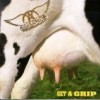 |
Labels: chemistry, conjuration, devils, horror, magic setting, monsters, summoning


